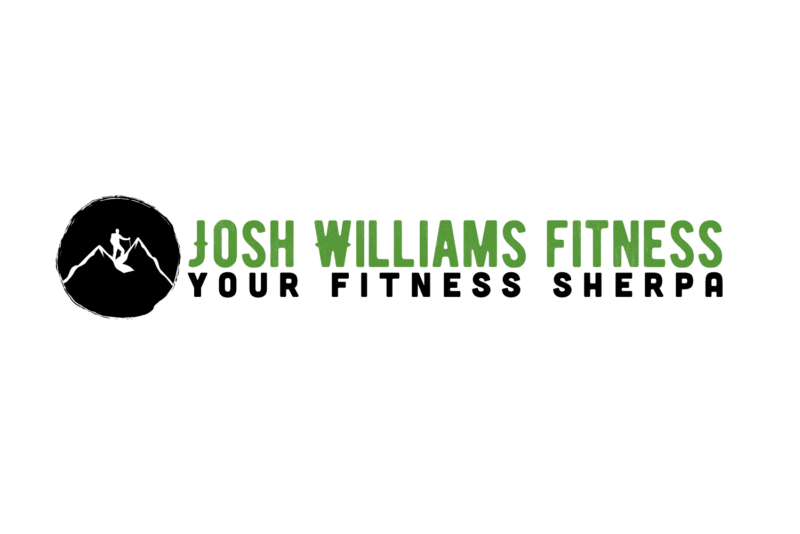Running seems to be one of the most natural movements. It comes to us easily like eating, sleeping, and walking. That is why people often turn to running when they want to get back into exercising.
Going out for a run only requires a nice day, a pair of shoes, and the motivation to put one foot in front of the other at a relatively quick pace for the next 10 to 20 minutes (well, in my case just letting the thought of running flutter around in my head is enough running for me). The barrier to entry for running is low; there is no equipment needed and you don’t have to go out and buy a membership or even go to a special place designed for running. You can just get up and do it.
How great is that!?
But….
Running is a lot more complicated than you might think. There is a difference between having the ability to run and becoming a runner. Running takes a lot of coordination, stability, and strength.
Now at this point, you might be thinking, this guy really has it out for running, what is his personal vendetta against running? Did his high school sweetheart dump him for somebody on the cross-country team and now he is spending his time writing blog posts about why you should not run?
That is a possibility, but no. I want people to be able to run, but I also want them to know that running is not that easy; there is a lot of skill required to make it safe for you in the long run (pun not intended, but keeping it).
Let’s talk stability and the core.
Running takes a lot of stability and core strength. More importantly, running takes a lot of dynamic stability and dynamic core strength. You should be able to stabilize your ankles, knees, hips, and torso while standing and stabilize your core in a static position, but it is an entirely different bag of cats to stabilize your ankles, knees, hips, and torso while moving. Moving requires you to absorbed impact after impact after impact while also maintaining stability.
Stability and absorbing impact takes a lot of strength. And once you start running for long periods of time you are going to need to have good stability and endurance, too. When you start getting tired, that is when the stability breaks down and the impact becomes greater on your body. This is when injuries start peeking around to find a nice tender joint to piss off.
What to do?
Here is the breakdown of my evolution of running montage, just 8 steps to master it. If you notice, each exercise mimics running. Dead bug is running with your back supported; planks work on torso position (mine in this video needs some work); baby and bear crawls are similar to running, but with four points of contact instead of two; the single leg stance works on static stability; and bounding works on dynamic stability.
Master the basics to become great.
Giving you the tools to succeed,
Josh W










